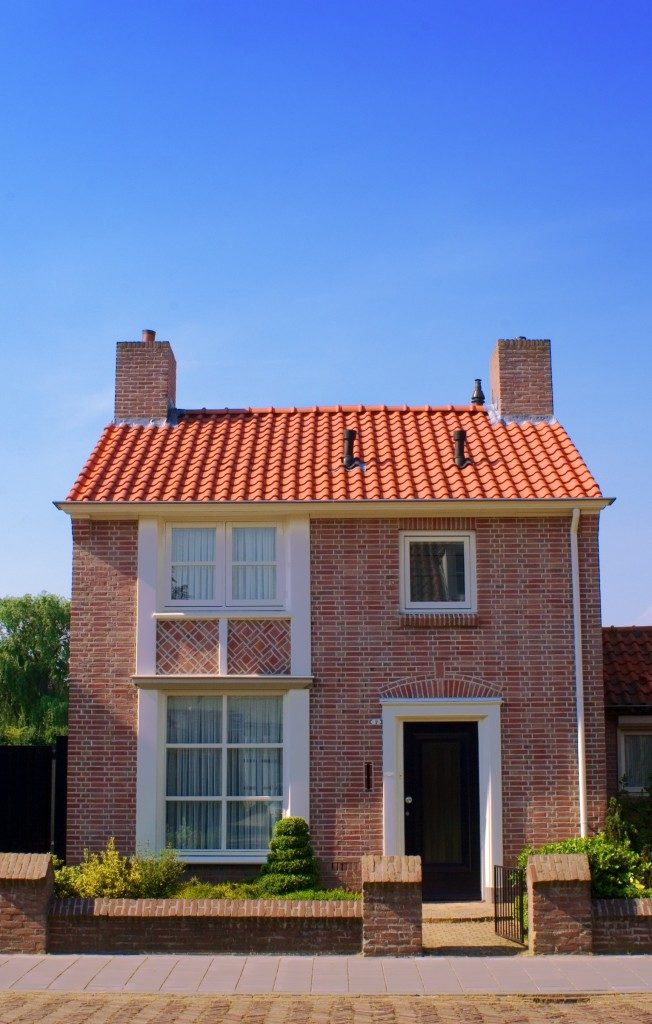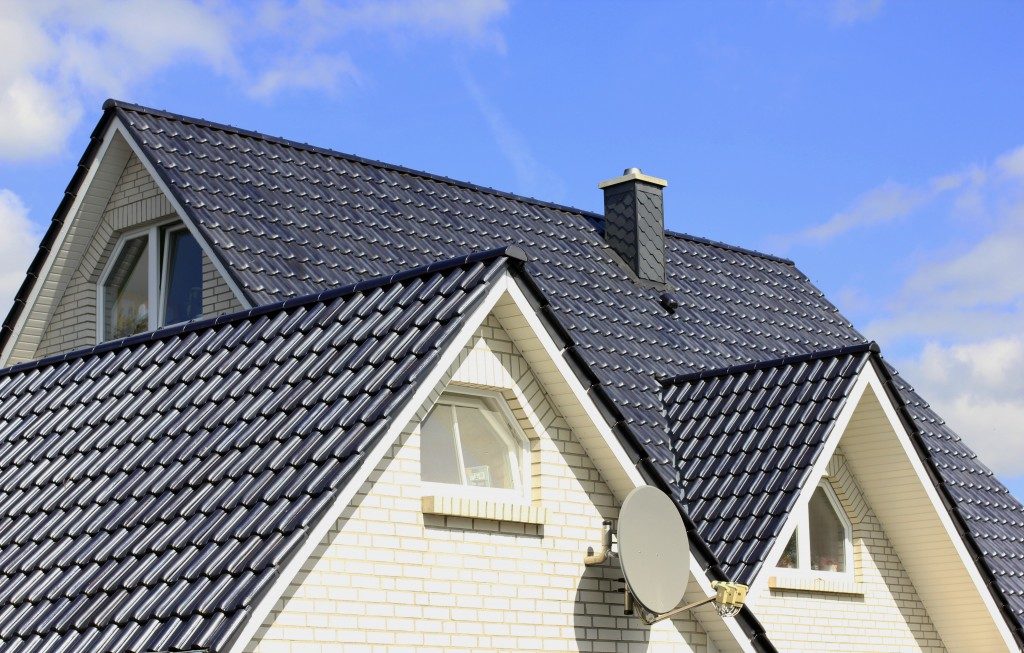A chimney is a structure that carries smoke or flue gases from a stove, furnace, or fireplace and into the atmosphere. A chimney liner is a channel for combustion products to be released externally so the chimney walls are unaffected by heat and corrosion.
Chimney Liner: Functions
Part of the function of a chimney liner is to protect the chimney from combustion as a result of heat transfer and mordant byproducts.
Heat Transfer
Transfer of heat can lead to combustion. What a chimney liner does is obstruct heat transfer and reduce the risk of a destructive chimney fire. Chimneys without an appropriate liner allow heat to move through the chimney and increase the likelihood for woodwork to catch fire.
Mordant Byproducts
Chimney liners protect against the development of mordant byproducts. They can prevent flue gases from entering into brick walls. Flue gases are mordant substances capable of damaging the chimney mortar joints. This can speed up heat transfer and make a chimney more combustible. Erosion caused by flue gases makes it more difficult to repair mortar joints.
Appliance Efficiency
Chimney sweeping equipment can operate with greater efficiency with the right size and type of chimney liner. This extends to appliance efficiency. For instance, liners that are inappropriately sized create an excessive buildup of creosote in the woodstove and make cleaning more difficult. Installation of the right liner eliminates this problem.
Chimney Linear: Types

Metal Liners
Metal chimney liners are normally installed to upgrade or repair an existing chimney. Stainless steel liners are suitable for wood and oil fuels. An aluminum liners is an option only appropriate for gas applications.
Cast-in-Place Liners
Cast-in-place liners are cement like products used as a type of building material. They create a smooth and insulated pathway for flue gases to pass through. They are also lightweight and installed to provide structural integrity for older chimneys.
Clay Tile Liners
Clay tile liners are among the most common types of chimney liners. They are cost-effective, readily available, and easy to install. However, this type of clay tile is unable to soak up and uniformly distribute heat when temperature rises during a chimney fire.
Flex Liners
Easy flex liners are lightweight, easy to install, and come in various sizes and shapes. Heavy flex liners are suitable for straight chimneys. They are designed for harsher conditions and can withstand the burning of solid fuel like wood or coal.
Rigid Liners
These liners have smooth inside walls. They are durable and more resistant to harsh conditions than hard flex liners are. They prevent creosote infiltration.
Installing a Liner
Liners aren’t always the appropriate size for a chimney. Homeowners considering an improvement to their chimney can explore different chimney liner types and ease installation with a ladder or by consulting experts. Choice of liner will depend on the chimney’s existing structure. There are professional chimney sweepers and flue liner installers who can provide additional information and support on the best liner and how it can be installed.
The right type of chimney liner can eliminate the dangers and hazards of combustion and prevent the structure from catching fire because of corrosion or quick transfer of heat.
Read more at Design Solid.

